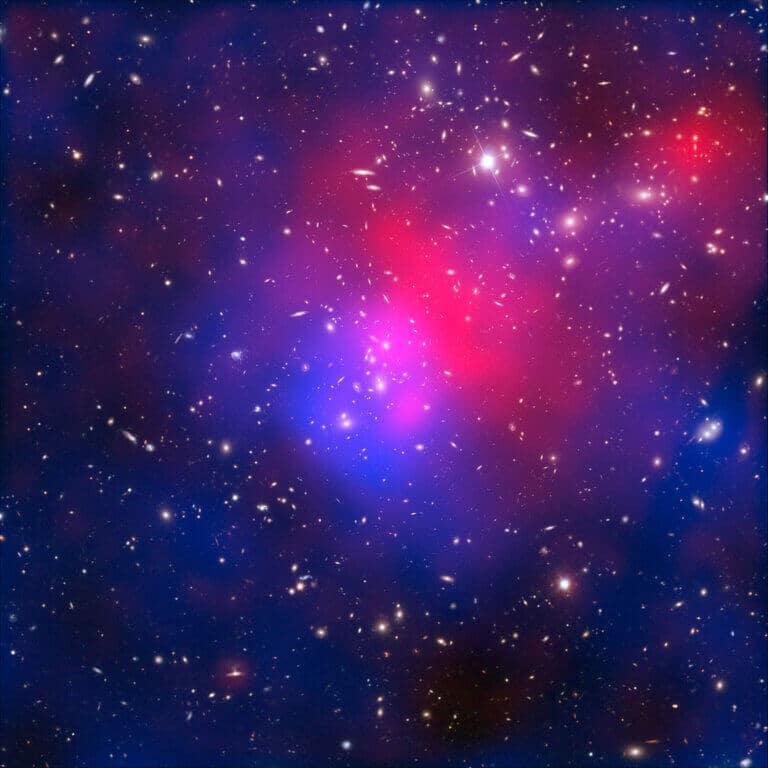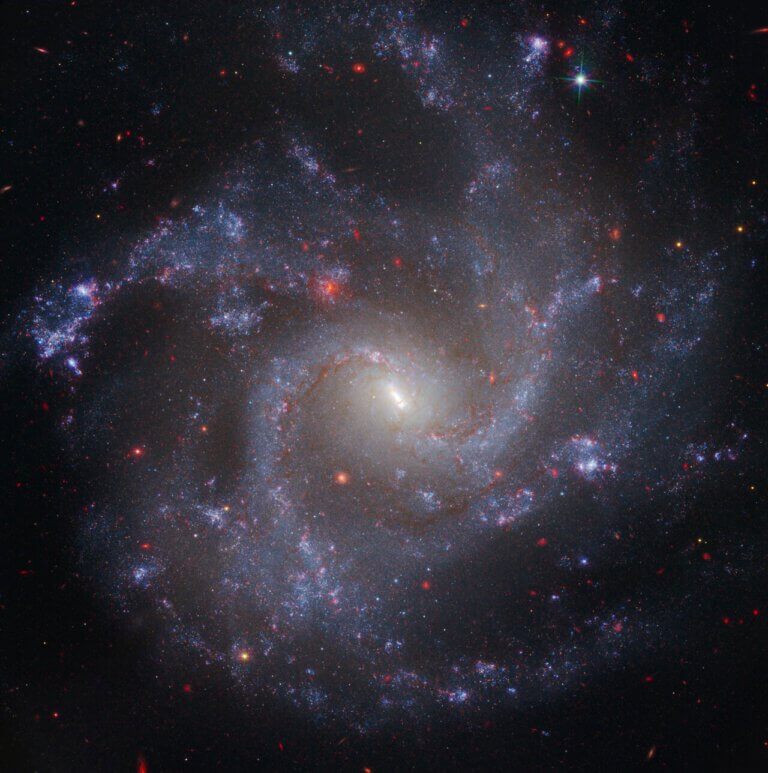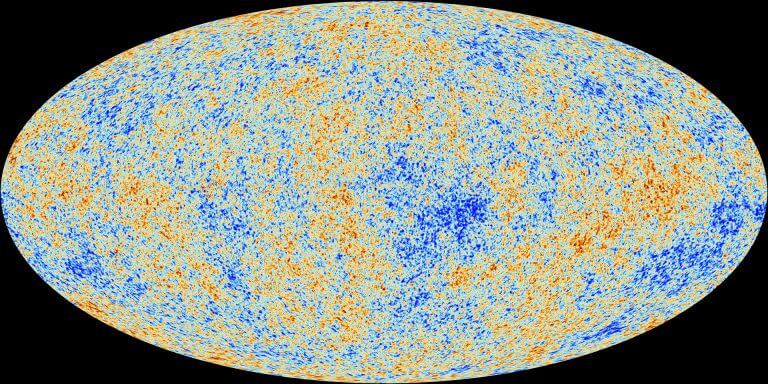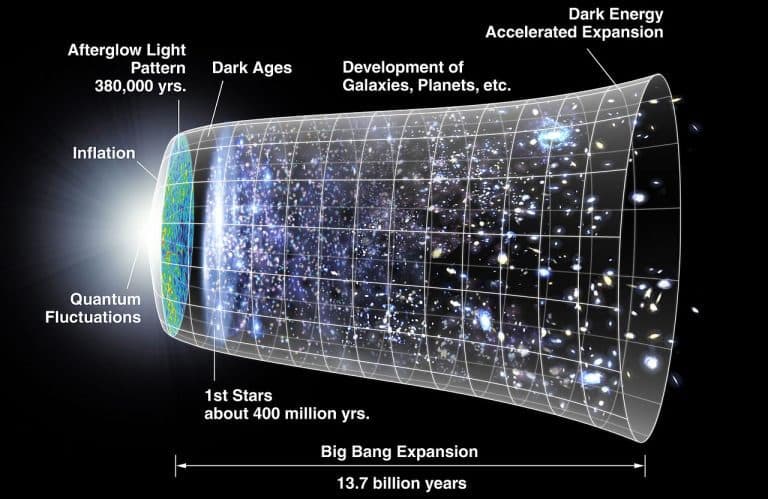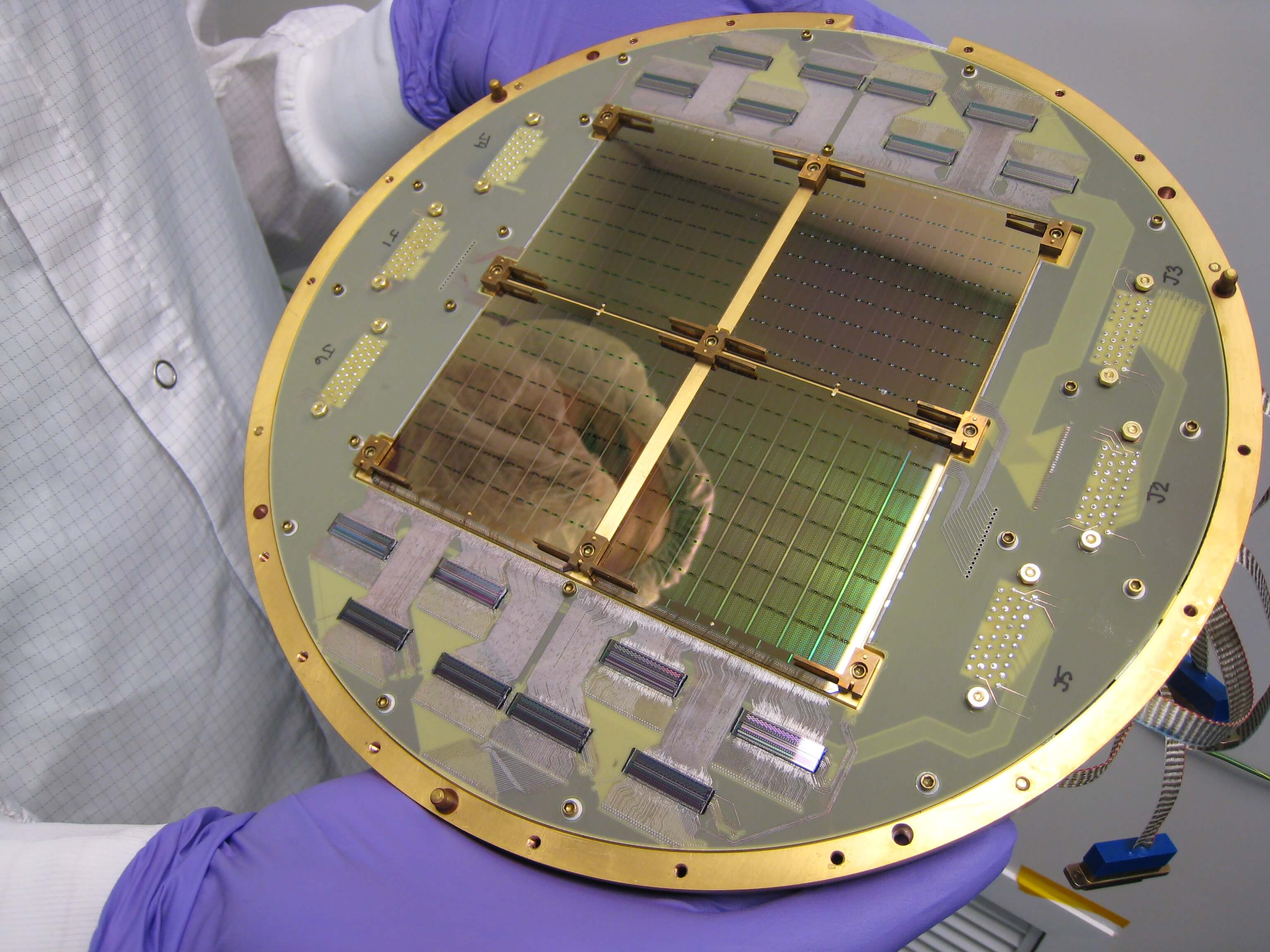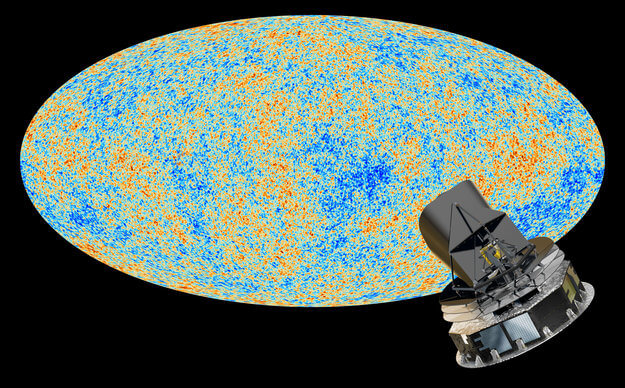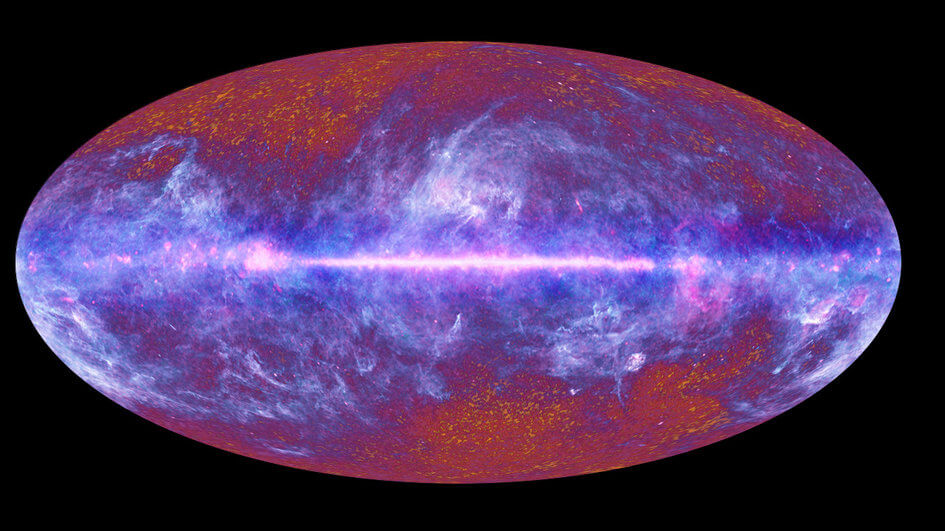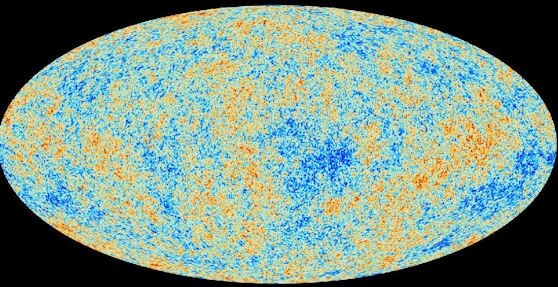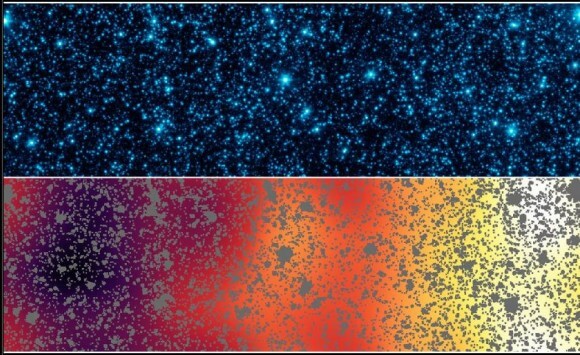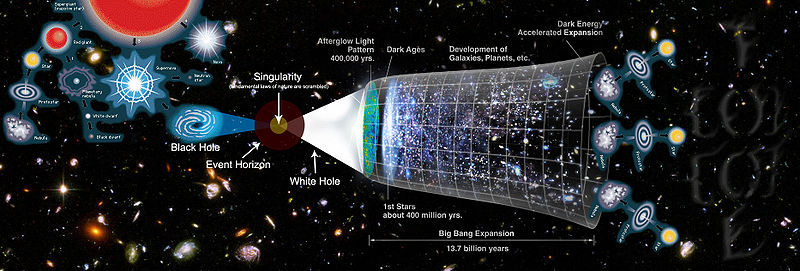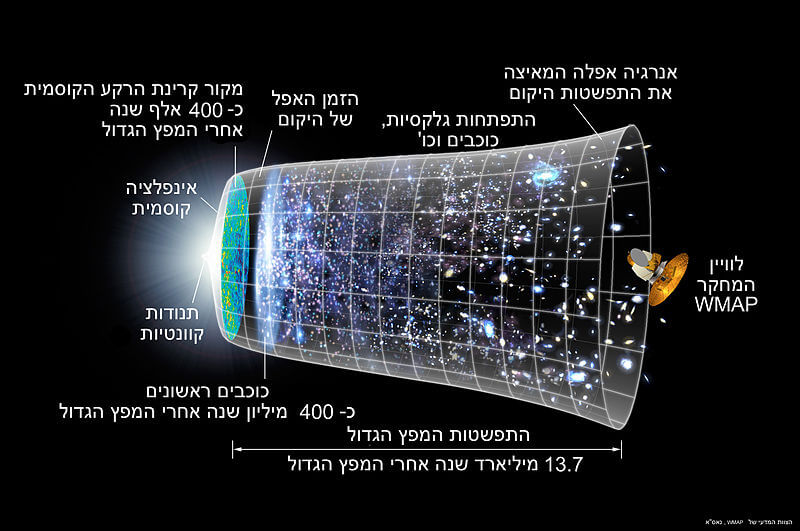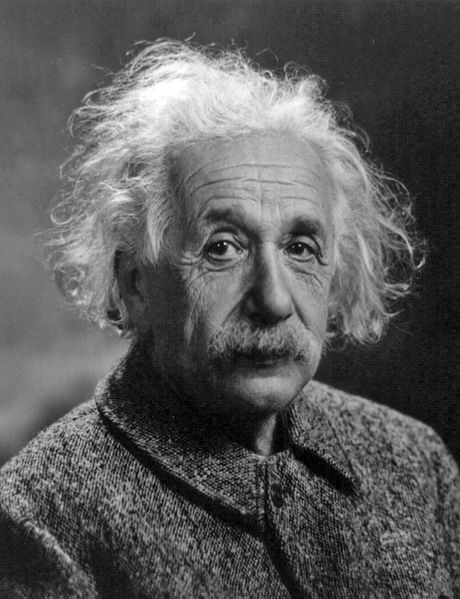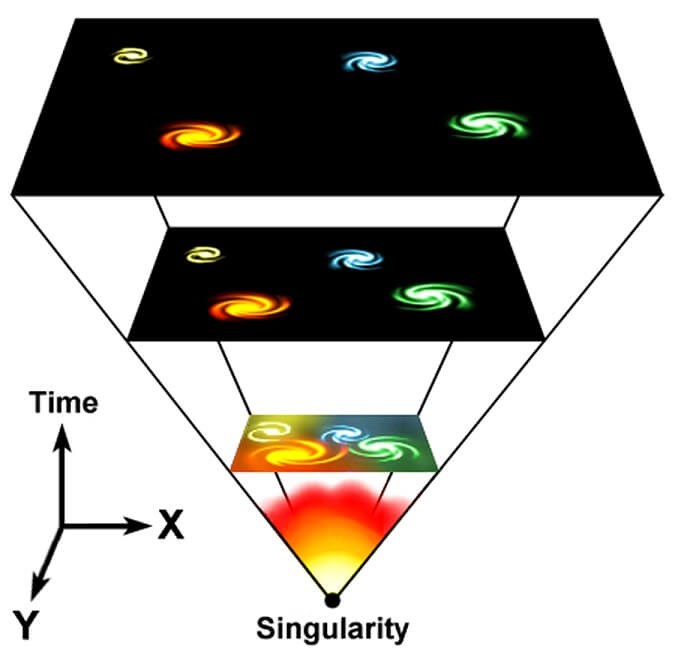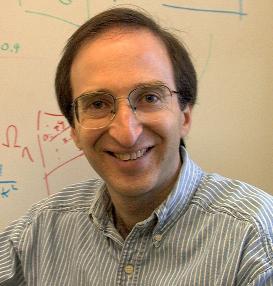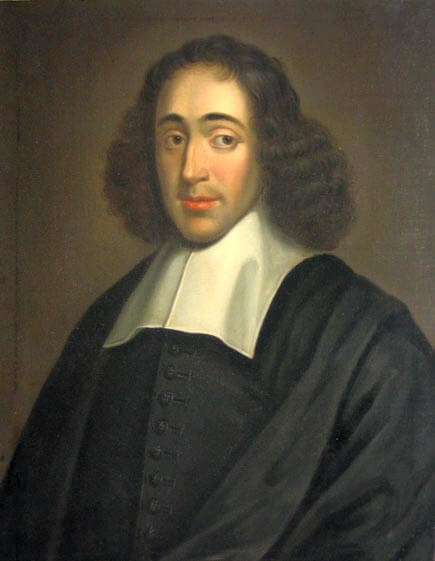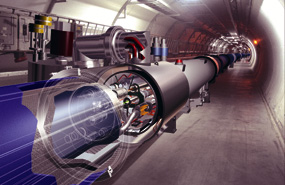Hayadan > The cosmic background radiation
The cosmic background radiation
- Davidson Institute
- April 27, 2024
- 9 תגובות
James Webb Space Telescope observations of galaxies in the young universe revealed that the first light in space came from bright young stars
- Avi Blizovsky
- March 12, 2024
- 8 תגובות
Webb's measurements provide new light on a decade-long mystery known as the Hubble voltage - the differences in the age of the universe between the Hubble observations and past observations that remain unexplained * Prof. Adam Ries, winner of the Nobel Prize in Physics for the discovery of dark energy heads the project
- Avi Blizovsky
- October 8, 2019
- No comments
- Scientific American Israel
- November 3, 2017
- 6 תגובות
- Scientific American Israel
- July 3, 2017
- 173 תגובות
- Avi Blizovsky
- March 18, 2014
- 6 תגובות
- Avi Blizovsky
- October 27, 2013
- No comments
- Avi Blizovsky
- March 22, 2013
- 28 תגובות
- Universe Today
- June 11, 2012
- 7 תגובות
- Scientific American Israel
- April 1, 2012
- 57 תגובות
- Avishai Gal-Yam
- October 12, 2011
- 33 תגובות
- Dr. Gali Weinstein
- October 8, 2011
- 38 תגובות
- Avi Blizovsky
- October 5, 2011
- 7 תגובות
- Odyssey
- August 9, 2011
- 46 תגובות
- Odyssey
- April 15, 2010
- 92 תגובות
- Scientific American Israel
- January 2, 2010
- 95 תגובות
- Universe Today
- September 21, 2009
- 11 תגובות
- Scientific American Israel
- September 5, 2009
- 107 תגובות
- Avi Blizovsky
- May 18, 2009
- 4 תגובות
- Avi Blizovsky
- May 16, 2009
- No comments
- Avi Blizovsky
- April 21, 2009
- 10 תגובות
- Avi Blizovsky
- January 23, 2009
- 3 תגובות
- Avi Blizovsky
- January 13, 2009
- 7 תגובות

